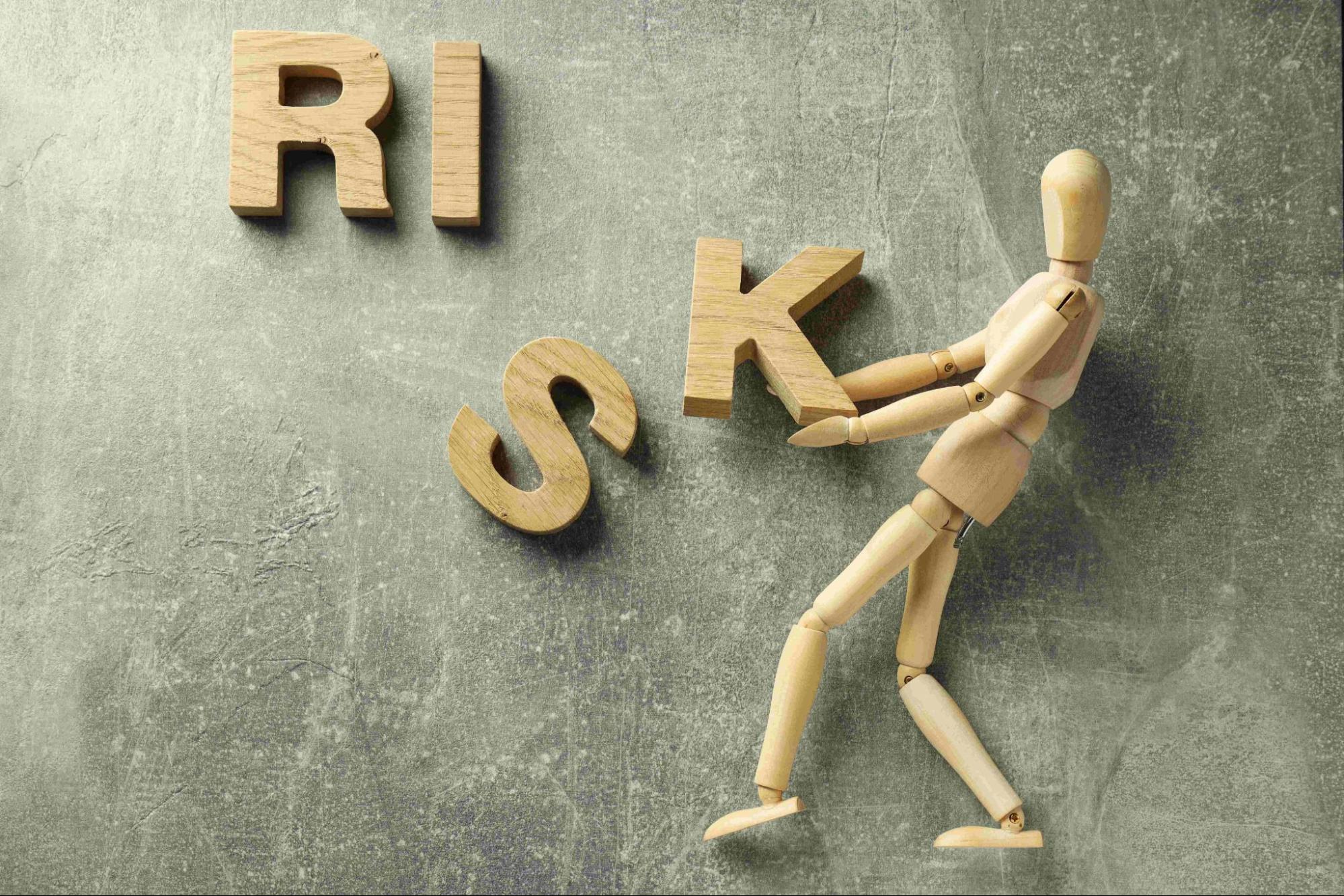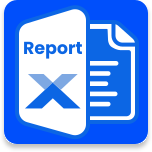

Humans are God’s best creation to date, and the human judgmental power of assessing risks and taking care of them is a crucial part of the survival mechanism. But in business, being careless can really hurt you (through loss). Limiting risk, sometimes known as risk mitigation, impacts business survival in the market.
Imagine leaders who don't learn from mistakes or rush into new ideas without thinking. That's not good for business.
To keep your business safe, you need to understand risks and how to avoid them. We'll talk about different types of risks and four risk mitigation strategies to deal with them. Plus, we'll show you how to make a plan using monday.com Work OS to keep your business safe in the future.

Risk mitigation is all about lessening the impact of potential problems by making a plan to handle, reduce, or eliminate them as much as possible. Once the plan is in place, you monitor how things are going and adjust if needed.
In simple terms, it's about using strategies and methods to lower the risks to a level that's okay for your business. Your plan has to fit your business, not just copy someone else's.
Taking the time to make a plan that fits your business can make a big difference. It could mean keeping your clients happy and not losing out on business. Let's take a closer look at why we do it.
Well, ignoring risks won't make them go away, and charging ahead without a plan can really hurt your business. That's why risk mitigation is so important.
Having a solid plan helps you stop risks from turning into big problems or even avoid them altogether. This not only helps your business stay profitable but also keeps your reputation strong in your industry and keeps everyone happy, inside and outside your company.
Believe it or not, risks are a big deal for most businesses. Lots of companies say they're facing more risks than ever before, but not many feel like they have a good plan to handle them. Dealing with risks takes time, money, and other important stuff. If people think you're not handling risks well, they might want to change up the way things are run. So, it's important to tackle risks head-on, but first, you need to know what risks you're dealing with.

Businesses can run into different kinds of risks. They might vary depending on what kind of business you're in and who your customers are. But some common ones are:

This strategy is about avoiding risks altogether. You take steps to ensure that the risk doesn't happen. For example, if you're worried about not having enough experts for a project, you could hire extra experts just in case. But remember, this might cost more money, so you've got to think about how much you're willing to spend.
Here, you're trying to make the risk smaller. Let's say you're running low on money for a project. You can work on cutting costs to make sure you finish the project without going over budget. Maybe you find cheaper materials or decide to do less in the project to save money.
Transferring risks means getting someone else to handle the consequences. For many businesses, this means buying insurance. You pay an insurance company to cover certain risks. Also, in contracts with suppliers or contractors, you might include clauses that make them responsible for any problems they cause. For example, if a project gets delayed because of a supplier, they might have to pay for any money the business loses.
Sometimes, you just have to accept that there's a risk and deal with it. The potential reward is worth the risk, or the risk isn't too bad. For small risks, a business might decide to live with them. But even if you accept a risk, you still need to keep an eye on it. Things can change, and what was a small risk could become a big problem.

Mitigating risks should be practical. You need steps that you can actually follow to make your business safer.
First, figure out what risks could affect your project or business. Talk to different people who know about the business to get a good list of risks. Look at past projects to see if there are any hints about what could go wrong.
Once you've listed all the risks, think about how likely they are to happen and how bad it would be if they did. You'll need to decide what to do about each risk based on how serious it is. For example, you might decide to live with small risks, but for bigger ones, you'll want to do something about them.
Now, it's time to decide what to do about each risk and put your plan into action. Write down each risk and what you're going to do about it in a special document called a risk register. This way, everyone knows what to do if something goes wrong, and it helps keep things organized.
Businesses and projects are always changing, so it's important to monitor risks. You can do this by checking in regularly during meetings or daily catch-ups. You can also use tools like S-curves to track progress and see if any risks are getting worse.
Sharing information about risks and how to deal with them can really help. It keeps everyone in the loop and helps them make smart decisions. Reporting on risks should be a regular part of how your business works. Using tools like monday.com Work OS can make it easy to do this by giving you templates and tools built just for managing risks.
You can adjust monday.com to fit how you work. Whether you want to see risks at a big picture level or zoom in on specific teams or projects, you can do it quickly. Plus, you can change things up as you go along and keep everyone updated.
monday.com can automatically alert the right people when something changes with a risk. You can set it up to notify owners or stakeholders when important dates are coming up or when a status changes. This helps everyone stay in the loop without needing constant checking.
On monday.com, it's simple for everyone to work together on identifying and categorizing risks. You can share documents, ask questions, and tag colleagues to keep everyone on the same page.
You can view your risk strategy in different ways, like tables, charts, or Kanban boards. This helps teams understand what's going on and what needs to be done.
All your important files and documents can be in one place on monday.com. You can even create documents right there, making it easy for your team to collaborate without juggling different tools. Plus, you can embed monday.com boards or dashboards directly into your documents so everyone's on the same page.

You can't eliminate every risk in business, but spotting them early gives you a better chance of handling them. With monday.com, it's simple to find, sort, and deal with risks.
monday.com helps businesses find, organize, and handle risks smoothly. It's a step in the right direction for keeping your business safe.

A Complete Traceability and Reporting Solution for Jira.